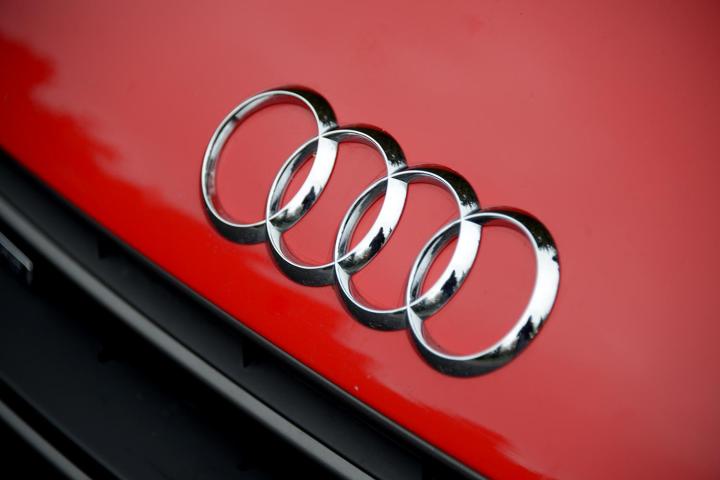
Many U.S. highways have already cashless toll booths that read transponders affixed to a vehicle’s windshield, but Audi is taking things a step further. The German automaker will install those transponders at the factory, so drivers won’t have to worry about messing up their windshields with velcro strips.
Audi’s “integrated toll module” (ITM) is built into the rearview mirror. It was developed by Gentex Corporation, which also supplies all auto-dimming rearview mirrors for Audi luxury cars. Audi claims the ITM is compatible with all toll roads in the U.S., as well as parts of Canada and Mexico.
Audi notes that the ITM decreases windshield clutter (admittedly not the worst problem drivers face) and eliminates the need to manage multiple accounts for different regional toll roads, which generally becomes an issue only on long road trips. Drivers can use Audi’s MMI infotainment system to turn the transponder on or off, and tell it if the vehicle is driving in a carpool lane.
Audi touts this gadget as the latest manifestation of so-called “vehicle-to-infrastructure” (V2I) technology. V2I is an umbrella term for communications technology that allows cars, buildings, and, in this case, toll booths to send data back and forth. A related iteration called V2V (vehicle-to-vehicle) does the same between cars.
Developers of this technology originally viewed it as a way to increase safety for drivers and passengers. It’s thought that V2V-equipped cars could one day send warnings about dangerous road conditions to each other, or signal their presence at intersections and in other areas where visibility may be compromised. Continental will test a “smart intersection” in Columbus, Ohio, that uses V2I technology to improve pedestrian safety.
Audi’s ITM is less about safety and more about convenience. But convenience is very profitable, so it’s possible that companies will develop other uses for V2I along these lines. The technology’s ability to read a car’s location and link to a digital-payment system presents opportunities for commercialization. The question is whether these new uses will actually be valuable to drivers, and not just technological distractions created in the name of generating new sources of revenue for the companies pushing them.
Editors' Recommendations
- Audi Q8 will warn drivers when there are construction workers on the highway
- Ford says its future V2X-equipped cars will talk to pedestrians, infrastructure


